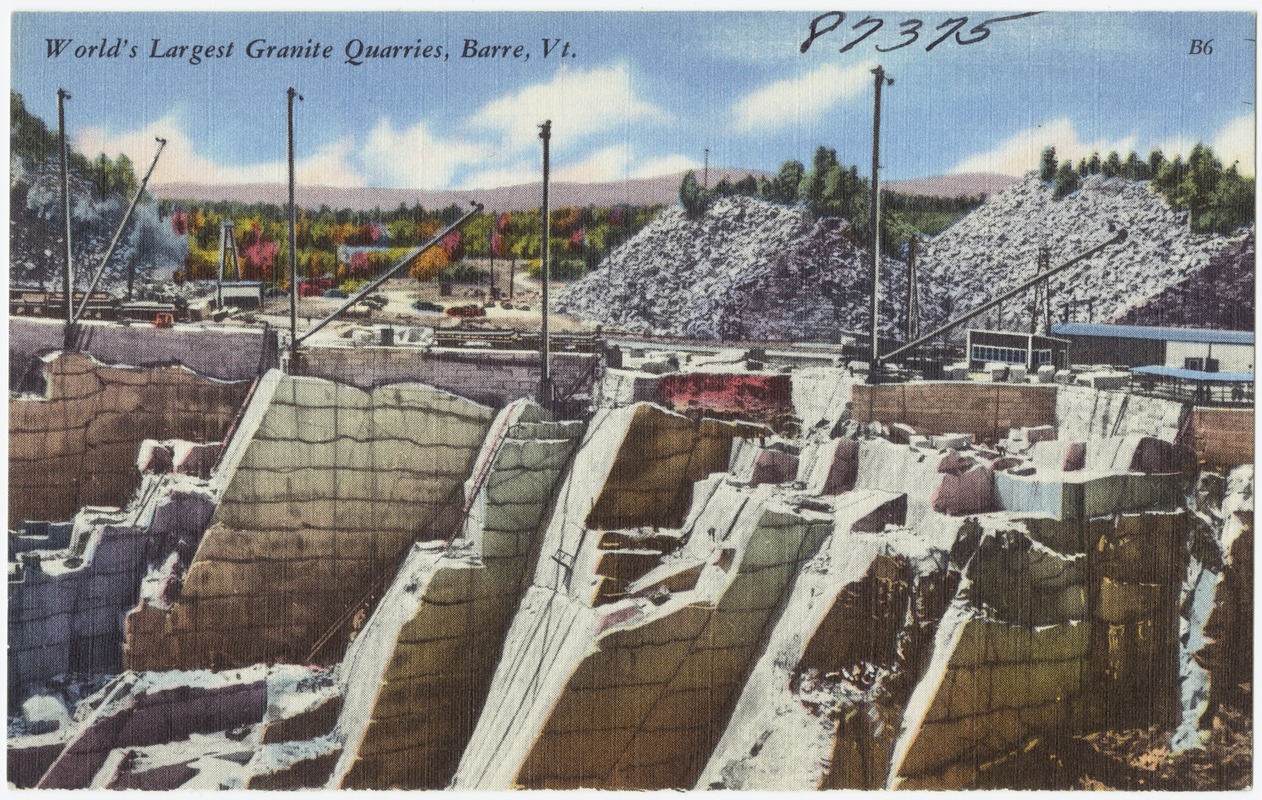Revealing the Mysteries of Granite Quarrying: Where Toughness and Elegance Meet
The world of granite quarrying is a world where the raw toughness of nature converges with human virtuosity to develop structures that stand the test of time with an air of elegance. From the depths of quarries to the meticulous sprucing up in workshops, the procedure of changing granite into architectural wonders is a complex dance of custom and innovation. As we peer into the depths of this old craft, we begin to reveal the hidden ins and outs that form the very significance of our built atmosphere.
The Beginnings of Granite Quarrying
In the record of architectural history, the origins of granite quarrying are shrouded in a tapestry of ancient craftsmanship and geological marvels. Going back to ancient Egypt and Mesopotamia, the removal of granite from quarries noted the start of a trip that would eventually result in the production of several of the world's most iconic frameworks.
Granite quarrying's origins can be traced to the competent craftsmens who recognized the rock's longevity and visual allure. With a combination of primitive devices and large determination, these early quarry workers unearthed granite blocks that would become the foundation of worlds.
As worlds evolved, so did the strategies of quarrying granite. The Romans, renowned for their design prowess, developed advanced approaches for drawing out granite to build monoliths, temples, and roads that stood the examination of time.
The tradition of these ancient quarrying techniques remains to shape modern-day style, with granite staying a symbol of toughness and sophistication in building projects around the world. (granite quarries in south africa)
Tools of the Quarrying Profession
The development of granite quarrying techniques from old worlds to modern times highlights the essential function played by the devices of the quarrying trade in shaping the sector's practices. In old times, quarrying tools were primary, commonly including knives, hammers, and wedges made from materials like bronze or iron. These devices required considerable workforce and time to essence granite blocks from quarries.

In addition, the intro of pneumatically-driven devices and high-powered machinery has considerably decreased the physical labor needed in quarrying operations, enhancing employee safety and security and performance. As the quarrying market continues to innovate, the tools of the profession stay at the leading edge of driving progression and shaping the future of granite removal.
Removing Blocks of Granite
Using precision machinery and advanced strategies, the extraction of granite obstructs from quarries has actually come to be an advanced procedure in the modern-day quarrying market. The first action involves identifying the area and size of the granite deposit to establish one of the most efficient removal technique. Once an ideal website is picked, the extraction process starts with the drilling of openings for the placement of explosives. Managed blasting strategies are then used to break apart the granite right into workable sections.

Sprucing Up and Completing Techniques
To achieve a remarkable you can try these out surface on granite blocks, knowledgeable artisans utilize a collection of precise sprucing up and ending up techniques. After the preliminary removal and shaping processes, the granite obstructs undertake an extensive sprucing up stage to enhance their natural elegance and resilience.
Along with sprucing up, completing strategies are put on further improve the granite's look. These strategies may consist of flaming, sharpening, or cleaning, each offering distinct appearances and finishes to suit different aesthetic preferences. Flaming, for example, entails exposing the granite surface to high temperature levels to produce a harsh, distinctive finish, ideal for outdoor applications where slip-resistance is vital. Refining, on the various other hand, supplies a matte coating that is smooth to the touch, excellent for interior kitchen counters and floor covering. By meticulously picking and using these brightening and completing techniques, craftsmens can change raw granite blocks into beautiful pieces that showcase both strength and style.

Ecological Impact and Sustainability
With the expanding emphasis on environmental consciousness in the industry, granite quarrying methods are progressively looked at for their influence on all-natural sources and long-term sustainability. Additionally, the transportation of granite from quarries to processing facilities generates carbon emissions, even more contributing to environmental deterioration.
To alleviate these effects and make certain sustainability in granite quarrying, sector stakeholders are taking on numerous actions. Applying innovative go now modern technologies to lower power intake and water use, recovering quarried land for environmental remediation, and promoting responsible sourcing practices are some strategies being used. In addition, qualifications such as the Woodland Stewardship Council (FSC) and the Management in Energy and Environmental Design (LEED) help customers recognize ecologically friendly granite products.
Final Thought
Finally, granite quarrying is a procedure that requires specialized devices and techniques to remove blocks of granite and polish them to a high degree of finish. While the ecological impact of quarrying can be substantial, efforts are being made to improve sustainability techniques in the sector. Overall, granite quarrying is a delicate equilibrium between harnessing the stamina and elegance of this natural rock while reducing its effect on the environment.
Comments on “Exploring Granite Quarries in South Africa: A Comprehensive Overview”